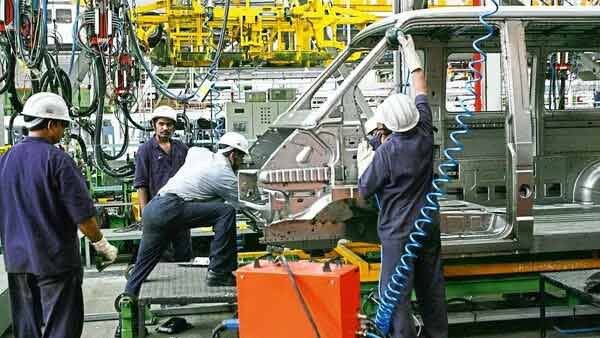Nearly two years on, the details for claiming incentives under the government’s much-anticipated scheme remain shrouded in mystery, as the standard operating procedures (SoPs) are yet to be finalized. Stay tuned to uncover how this affects potential claimants.
MUMBAI: The automotive sector’s Production-Linked Incentive (PLI) scheme faces new hurdles as confusion continues over the application process for subsidies, according to several industry leaders.
Nearly two years post its launch, the government has yet to finalize the Standard Operating Procedures (SOPs) for claiming incentives, insiders reveal, preferring anonymity.
These SOPs are crucial as they will detail the verification of sales and investment claims under the scheme. They are also set to specify the necessary certificates, undertakings, and documentation that claimants must furnish. Furthermore, SOPs will ensure a uniform approach for testing agencies assessing these claims.
The automobile sector’s PLI initiative has experienced prior delays; the SOPs for computing domestic value addition—essential for eligibility—were published over a year after the program began. Because of this initial SOP absence, claim submissions for the scheme’s first year, ending March 2023, were impossible. To mitigate this, the government has extended the scheme by a year to make up for the initial year’s lack of fund disbursements.
Companies are currently navigating through an extensive array of documentation and compliance mandates as they await the new SOPs. They are required to gather numerous certificates from chartered engineers, independent auditors, and company management to support their claims.
This intricate procedure differentiates the auto sector’s PLI scheme from other similar incentives. Typically, an undertaking substantiates claims in most PLI schemes, experts point out. This auto scheme is exceptional as it includes SOPs specifically designed to assess domestic value addition.
The heavy industries ministry, the scheme’s supervising body, has not responded to inquiries seeking clarification.
Industry leaders have expressed concerns that the government’s strict adherence to regulatory standards is a result of lessons learned from missteps with a prior auto industry subsidy program, the FAME-2 initiative. During this scheme, several car manufacturers falsely claimed subsidies by providing inaccurate information and manipulating rule interpretations.
Previous experiences, like with FAME, have shifted the focus from fostering to scrutinizing, causing the strictest rule readings,” an automotive sector insider explained.
The fear of error and accountability within the new subsidy program seems to have overshadowed its original intent, they suggest.
Due to stringent regulations, only a small fraction of the 85 companies approved have met the compliance criteria for domestic sourcing, raising questions about the effectiveness of the program.
“Only two companies have reaped the program’s benefits. Is it really promoting local industry growth?” questioned another executive.
Despite approvals, the program hasn’t yet paid out any subsidies. The government had indicated plans for quarterly incentive payments during an August meeting with industry players. Nevertheless, the Union Minister for Heavy Industries, Mahendra Nath Pandey, left industry members baffled upon announcing in Parliament that the incentives would commence only in the next financial year, posing questions about the earlier suggestion of quarterly payments.
“The delay and lack of clarity have left the industry in a state of uncertainty. Our financial teams are under immense pressure for answers,” disclosed another industry representative under anonymity.











